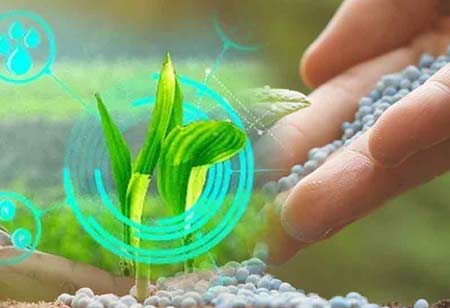Thank you for Subscribing to Food Business Review Weekly Brief
The Road to Profitability with Microbe Produced Proteins
It is difficult to ignore the magnitude of investor and consumer demand for sustainable, future foods.

By
Food Business Review | Monday, October 03, 2022
Stay ahead of the industry with exclusive feature stories on the top companies, expert insights and the latest news delivered straight to your inbox. Subscribe today.

A global race is underway to scale alternative proteins and plant-based and lab-cultivated meat—"meatless meats." Technological advancements are allowing the meat to become more diversely produced.
FREMONT, CA: It is difficult to ignore the magnitude of investor and consumer demand for sustainable, future foods. The cultivated meat industry alone will be worth more than $12 billion by 2030, demonstrating that future foods are already a lucrative industry that will continue expanding.
According to a recent report by the Boston Consulting Group, meat and dairy alternatives reduced greenhouse gas emissions per dollar invested three times more than other green technologies. Consequently, alternative proteins offer substantial financial returns while addressing the climate crisis, food security, and poverty.
Alternative proteins—i.e., those not derived from conventional animal agriculture—will play a crucial role in the future food system (i.e., meat, dairy, and fish). Many new plant-based proteins have been hitting supermarket shelves recently, while human cells have been used to develop cultured meats. It has yet to reach the market despite having been developed nearly a decade ago. There is still a need for novel alternative proteins.
This resource is feeding the ever-increasing population of the earth. For instance, Air Protein and Solar Foods have created proteins using the same fundamental technology. In the case of Air Protein, hydrogenotrophic microbes are cultivated in bioreactors powered by renewable energy and fed with hydrogen, oxygen, and captured industrial emissions. The microbes multiply and grow to provide an abundant source of single-cell proteins, which are then purified and dried. According to reports, the resulting "protein-packed flour" contains more protein per kilogram than any meat source.
Unlike many others, this alternative protein does not provide a meat substitute; instead, it gives the ability to obtain protein from other foods. Consumers are already demanding more sustainable, even vegan, products due to this strategy. The costs and sustainability of the production methods will also be crucial to the successful mass marketing of alternative proteins produced on a large scale. Proteins from microorganisms attempt to address both of these potential issues.
Furthermore, microbial proteins can be grown in a laboratory without requiring specific types of land or weather. It allows communities across the globe to produce food locally, even in regions where traditional farming is impossible, thereby enhancing food security and reducing food miles. This reduces the demand for agricultural land. This technology could contribute to many of the United Nations' Sustainable Development Goals, giving it impressive 'eco' credentials.
The cost of developing products and technologies is substantial, and businesses are understandably concerned with maximizing their return on this investment without allowing third parties to "free ride" on their efforts. Commercial success will require intellectual property regardless of the field.
The technological obstacles associated with product development and production expansion are considerable. Patents can be used to prevent competitors from producing similar products, allowing marketing to focus on a product's unique properties and benefits.
Future food is still relatively new, but the number of patent applications for future food technologies is exploding. Many of the "low-hanging fruit" has already been collected. Nevertheless, innovators with important inventions will be able to secure enviable positions. Moreover, robust patent portfolios provide opportunities for cross-licensing with other parties, fostering cooperation and reducing the risk of litigation.
In the meantime, as the sector's acceptance increases, customers increasingly need to recognize and choose particular products over others. Strong branding can elevate a product's market position, and a memorable name, eye-catching logo, or distinctive packaging design can help a product stand out. Trademarks and designs can protect these aspects and help consumers identify a product. As the market for future foods becomes increasingly competitive, companies are finding that they must compete to be noticed, and having a tasty product may soon no longer be sufficient.
This appears to be the key to successfully commercializing future food products in a rapidly evolving field.
Check Out This: Clinical Laboratory Services






